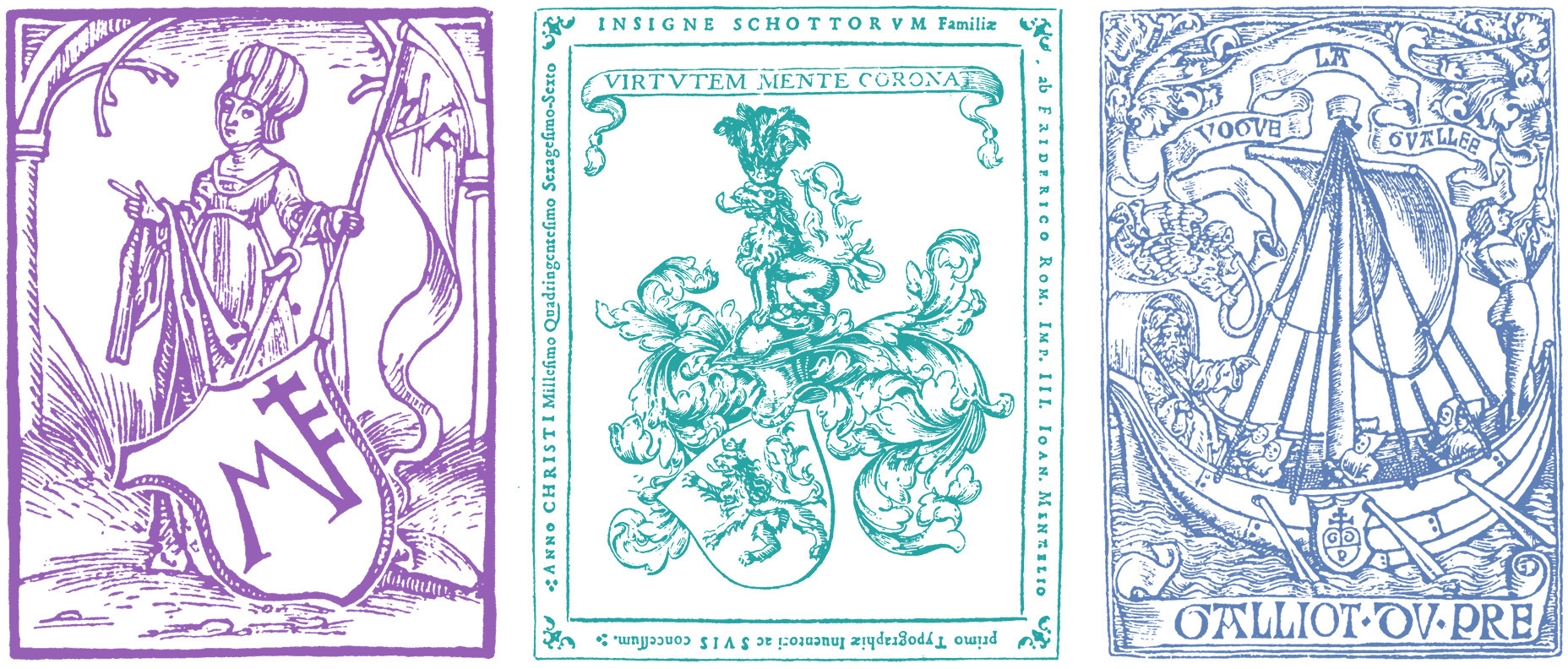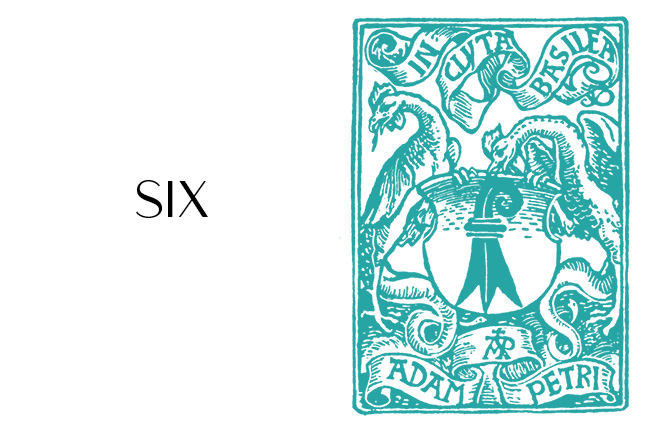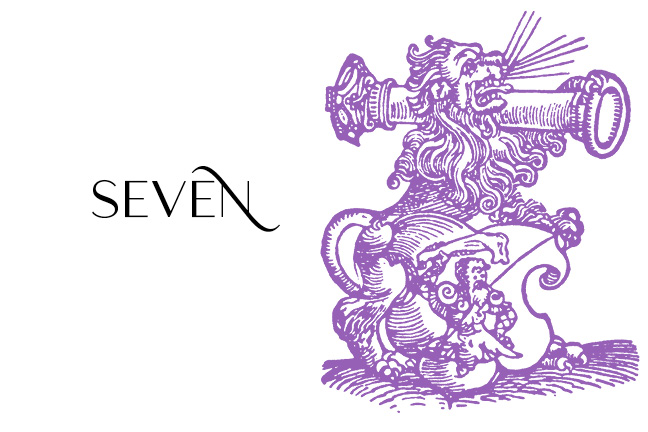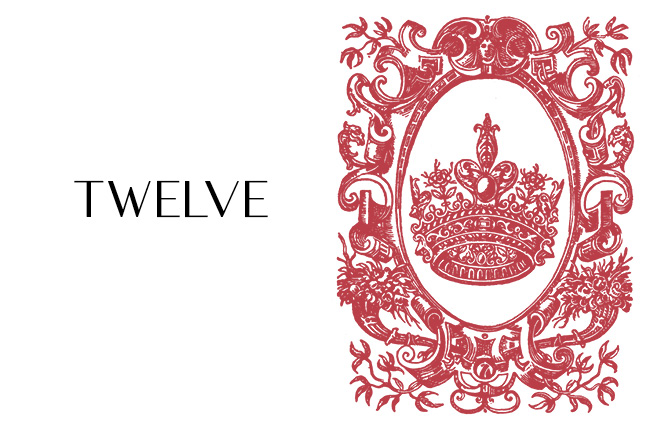Printer’s Marks Landing Page
From the year 1457,when Johannes Gutenberg’s collaborators, Johann Just and Peter Schoeffer, used the first printer’s signet in their “Psalterium” until the the end of the 16th century, printer’s marks are the most artistic examples in the history of trade marks.
In this section od the site, we feature many of these printer’s marks along with the men who created and utilized them. All of that history of printing content comes directly from The History of Printing on Wikipedia. All of the scanned printer’s marks and their creators are from the book “Symbols Signs & Signets” by Ernst Lehner.
![]()
The History of Printing
“Printing with a press was practiced in Christian Europe as a method for printing on cloth, where it was common by 1300. Images printed on cloth for religious purposes could be quite large and elaborate, and when paper became relatively easily available, around 1400, the medium transferred very quickly to small woodcut religious images and playing cards printed on paper. These prints were produced in very large numbers from about 1425 onwards.Around the mid-century, block-books, woodcut books with both text and images, usually carved in the same block, emerged as a cheaper alternative to manuscripts and books printed with movable type. These were all short heavily illustrated works, the bestsellers of the day, repeated in many different block-book versions: the Ars moriendi and the Biblia pauperum were the most common. There is still some controversy among scholars as to whether their introduction preceded or, the majority view, followed the introduction of movable type, with the range of estimated dates being between about 1440–1460.”
from The History of Printing on Wikipedia

















